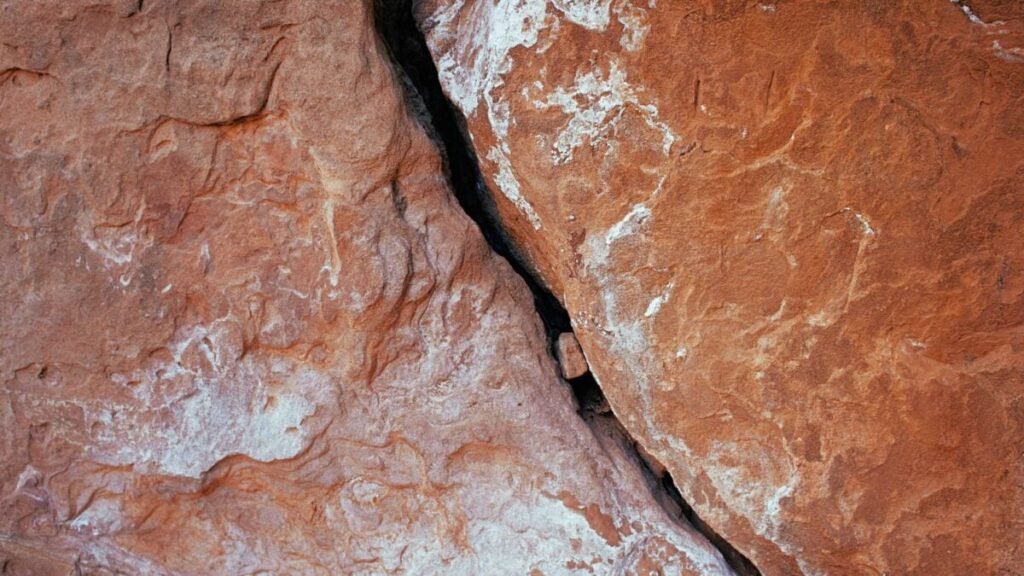The Earth’s Crust is Splitting in the Pacific: A Mind-Blowing Find Shows How Tectonic Plates Break Apart and Experts Assess the Dangers ahead

For the first time, scientists have succeeded in observing how the Earth’s crust can collapse under its own forces. The discovery, published in [link], shows in detail how the Earth’s crust can collapse under its own forces. Using sound waves and high-precision sensors, researchers [link] off the coast of Vancouver Island, where the Juan de Fuca and Explorer plates slide beneath the North American plate. The results reveal a surprising scenario: the plate does not sink as a whole, but rather tears apart in sections, forming microplates that will eventually halt the subduction process. “The system is slowly shutting down, like a train derailing car by car,” explained Brandon Shuck, from Louisiana State University, the study’s lead author.
How a tectonic plate breaks
The team at the Lamont-Doherty Earth Observatory (Columbia University) employed a technique [link]: they sent sound waves from a ship and recorded the echoes reflected in the deep layers of the seabed. This allowed them to detect faults up to 75 kilometers in length, some still active and others completely inactive. The absence of earthquakes in certain sections indicates that complete portions of the plate have already detached, creating “voids” where the rock ceases to generate friction. According to the researchers, this process occurs episodically, not in a single catastrophic event, but over millions of years. When a subduction zone begins to die, the sinking plate loses momentum, [link], and eventually stops moving. The result is a kind of tectonic graveyard, similar to the one identified off the coast of Baja California, where the remnants of the ancient Farallon plate bear witness to a very similar disintegration process.
A natural laboratory in Cascadia
The Cascadia Seismic Imaging Experiment (CASIE21) allowed for the unprecedented capture of the evolution of this area. The study, led by Suzanne Carbotte and Anne Bécel, shows how the northern end of Cascadia is slowly closing, with plate fragments detaching and [link]. “We knew that subduction zones could shut down when a lighter plate reached the collision point,” explained Carbotte. “But we had never had such a clear picture of the process in action.” These findings also help explain puzzling geological phenomena: fossilized plate fragments in other parts of the planet or sudden volcanic eruptions that occur when plates begin to break.
Although the discovery does not alter [link], researchers warn that the region remains one of the most dangerous on the planet. Cascadia [link], similar to the one that occurred over 300 years ago. Understanding how these underground cracks influence rupture patterns could improve seismic prediction models and help identify areas where tectonic energy quietly accumulates. “The system is still active,” Shuck concluded. “We are witnessing its decline, but in scales of millions of years. For us, it remains a sleeping beast.”






